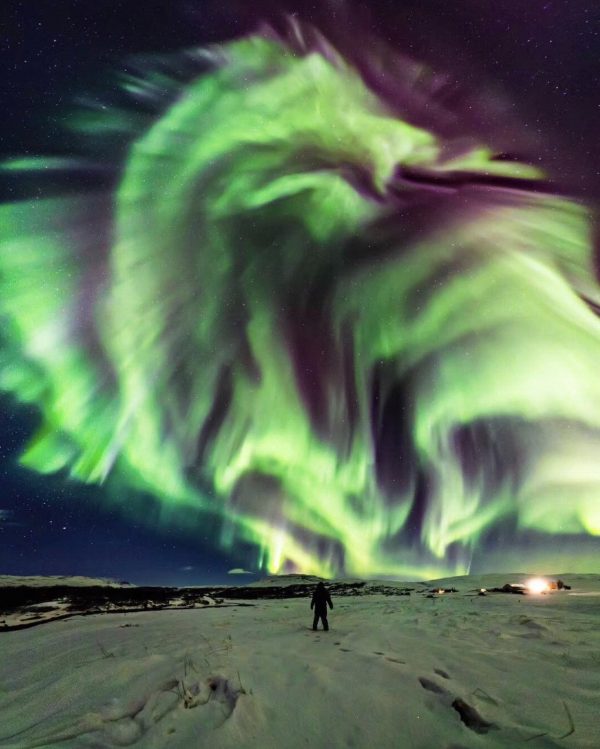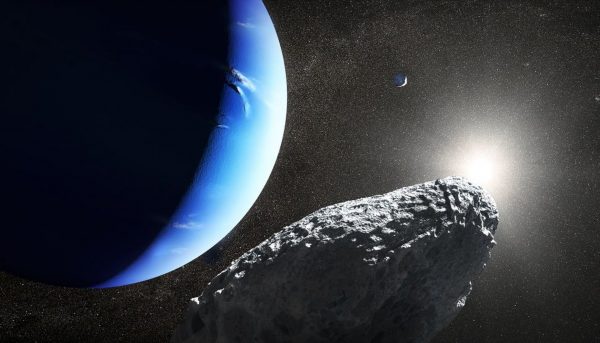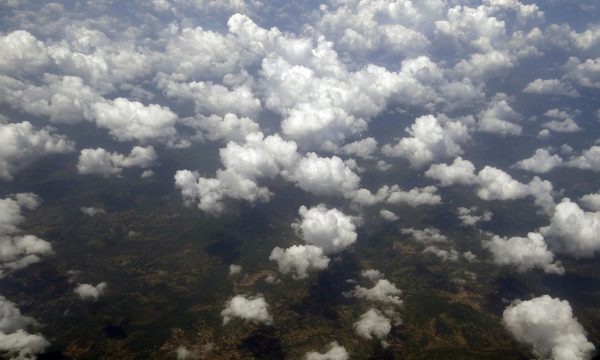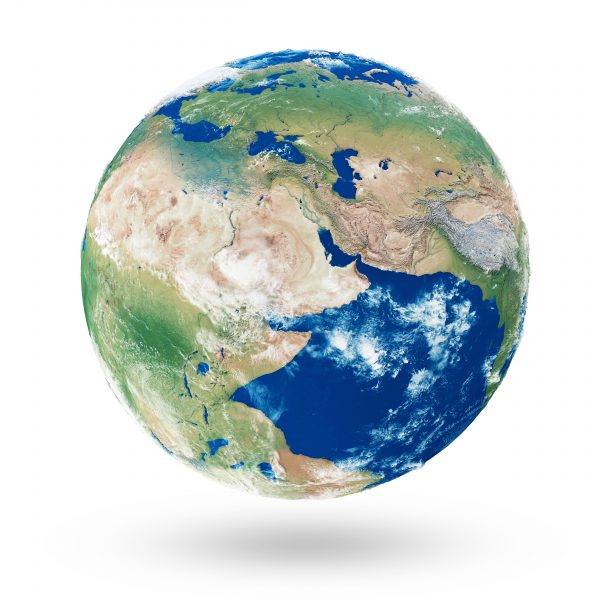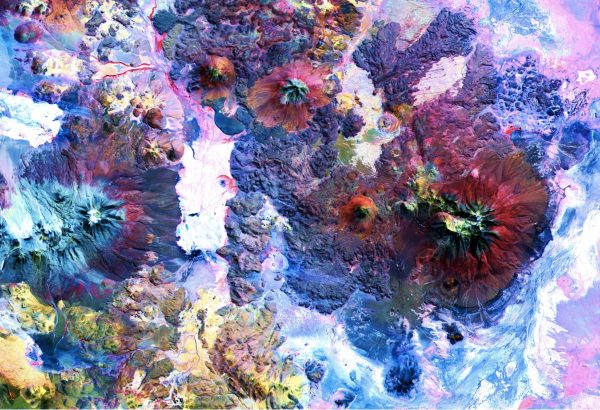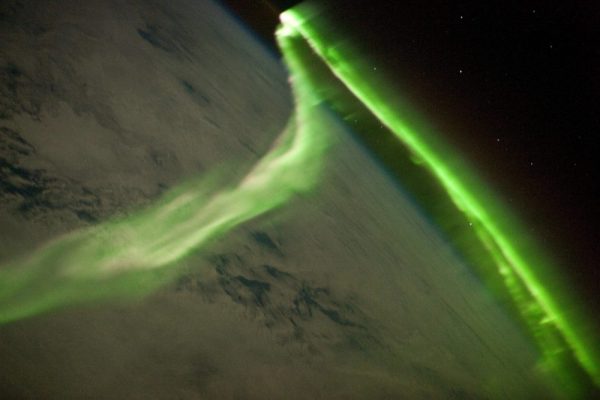A Beautiful “Dragon” Aurora Appeared Over Iceland
A gargantuan green dragon hisses in the sky over Iceland. Either “Game of Thrones” really upped its production budget for its final season, or the sun belched a barrage of charged particles into our atmosphere again. As much as any of us would like to see a real dragon breathe flames into the winter sky, buzzkill NASA blames solar activity — as usual — for the writhing, “fire-breathing”- aurora that loomed over Iceland earlier this month. Auroras like this occur when some of the sun’s many magnetic field lines twist together and burst, creating sunspots. Charged particles gush out of … Read more



